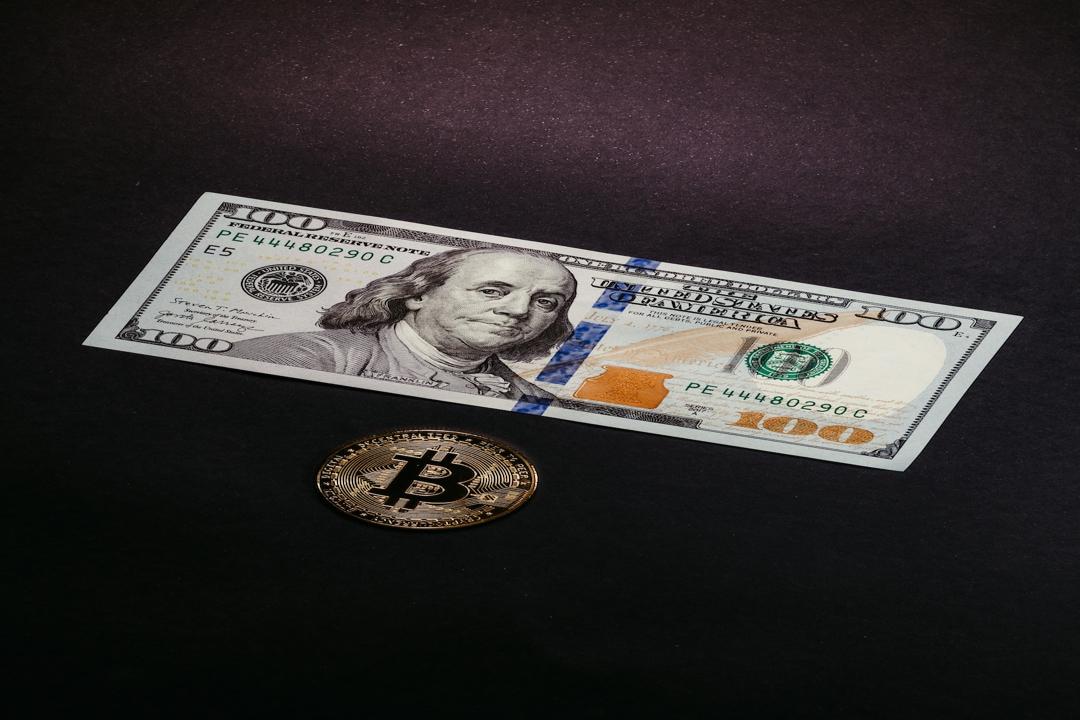Bitcoin exchange-traded funds (ETFs) based in the United States experienced a combined influx of $488.1 million on June 5, a significant amount, but Google data reveals that interest in them is minimal compared to the frenzy of the 2021 bull market. This lack of search activity may suggest that retail investors have yet to fully jump on the bandwagon.
June 4 marked the second-highest day of inflows for these ETFs, with a total of $886.6 million pouring in. The following day saw approximately half of that amount, with the Fidelity Wise Origin Bitcoin Fund leading the pack with $220.6 million in inflows, according to data from Farside Investors. BlackRock’s iShares Bitcoin Trust followed closely behind with $155.4 million, while even the Grayscale Bitcoin Trust, which has seen significant outflows totaling over $17.8 billion since January, managed to attract $14.6 million in net inflows.
Despite the strong inflows and Bitcoin’s surge past $71,000, Google Trends data indicates that search interest in Bitcoin, Bitcoin ETFs, and cryptocurrency in general is relatively low among Americans compared to the previous year. On June 5, searches for “Bitcoin” in the U.S. received a score of 31, while “Bitcoin ETF” scored just 1 on the search interest scale.
Search volumes for other related terms like “Bitcoin price” and “crypto” fared slightly better with index scores of 18 and 13 respectively, but they still pale in comparison to the levels seen during the retail-driven bull market of 2021. The overall interest in crypto peaked on Jan. 11 when the U.S. approved 10 spot Bitcoin ETFs, and again on March 5 when Bitcoin broke above $69,000 for the first time since 2021.
Crypto analyst Miles Deutscher pointed out on June 6 that viewership of crypto-related YouTube channels has also declined significantly from 2021, despite Bitcoin’s current price surpassing previous highs. In 2021, when Bitcoin reached its peak, these channels were attracting around four million views daily, but this number has dropped to about 800,000 views per day in 2024.
Deutscher emphasized that this decrease in viewership indicates that the retail market has not fully returned yet. He suggested that the state of the market can be best summed up by looking at crypto YouTube views.

